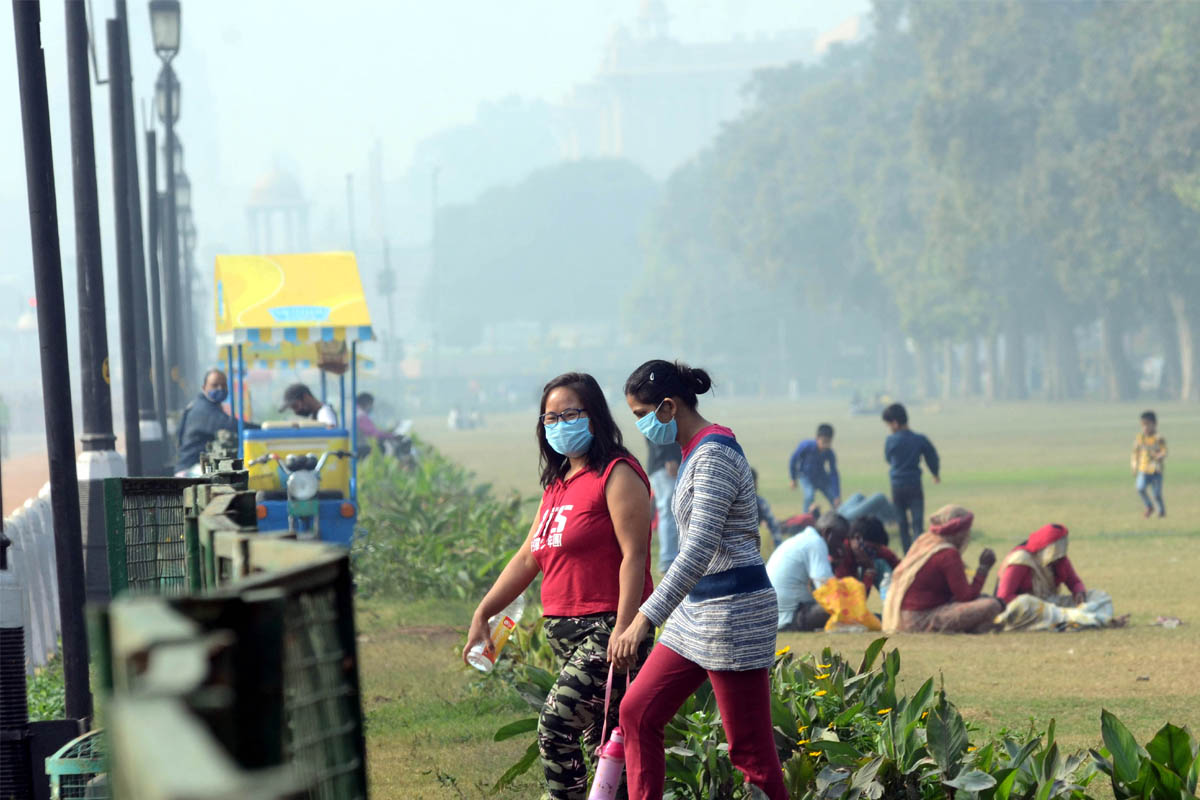Taking a lesson from the second Covid wave, the West Bengal government is accelerating the process of infrastructure development to tackle the the third wave and control it more effectively. As it has been found that children and consequently the women are more prone to the next Sars-CoV-2 attack, the state health department has taken special measures to protect the vulnerable section from the deadly bite of the third phase.
“In other countries like Canada, we have seen that in the third wave children up to the age group of 12 years are more vulnerable to the disease and the number of cases have doubled in this phase. From that perspective, in our state the per day infection rate among children in the second phase is 3 per cent which figuratively is around 200 per days and so it is likely that it will rise up to 5 per cent to 7 per cent which will be around 500 to 700 per day,” Director of Health Services Ajay Chakraborty said.
Advertisement
“Considering the present situation, we can say that the second phase is likely to be over by the end of June or beginning of July and we will get another two to three months. The state government has decided to develop the infrastructure during this period so that the third wave can be tackled more effectively,” Chakraborty added.
Sources in the state health department said that there are around 26,000 Covid beds in government and private hospitals with a gender ratio of 60:40 in favour of males but as the women and children might be more prone to the third wave, so the gender ratio is likely to be reversed and 60 per cent of the beds will be preserved for women and children.
“In most of the cases the children need to be kept with their mothers and so we will have to reorganise the accommodation in the hospitals. We are also taking the opinion of the experts to determine what should be done in cases where one- the child or the mother – become negative early,” Chakraborty added.
“In the second wave paediatric Covid patient admissions were around 200 daily. So, assuming this will peak to 500 daily cases, we have to keep aside 5 per cent critical care units and 10 per cent high dependency units (HDUs). But we are targeting a substantially larger number. We plan to scale up paediatric intensive care units (PICU) to 500 beds and HDUs to 1,000. But, most importantly, for infants who are not even a month old, separate Covid beds will be kept in the 68 special new-born care units (SNCU) and new-born intensive care units (NICU) across Bengal,” Chakraborty said.
The senior health official, however, said the biggest challenge was that intensive paediatric treatment facilities were very Kolkata-centric. “So, we aim to set up self-sufficient paediatric units in the districts. Six new PICUs are being set up in Jalpaiguri, Cooch Behar, North Dinajpur, Purulia, Rampurhat and Diamond Harbour,” he added.
The Bengal government, he said, was bulk-ordering paediatric oximeters. “Adult oximeters don’t work for kids because they have smaller fingers. So, we are acquiring paediatric oximeters. These would be dispatched state-wide. We already have 80 paediatric ventilators, and we are trying to attempt to find out whether adult ventilators can be recalibrated for use in kids who are above two years old. This is being studied at Medical College Hospital,” Chakraborty said. The state will also send out paediatricians and SNCU and NICU nurses to health facilities to train healthcare workers.











